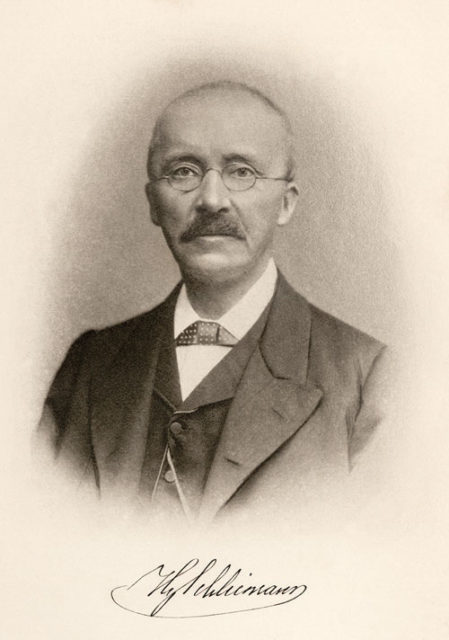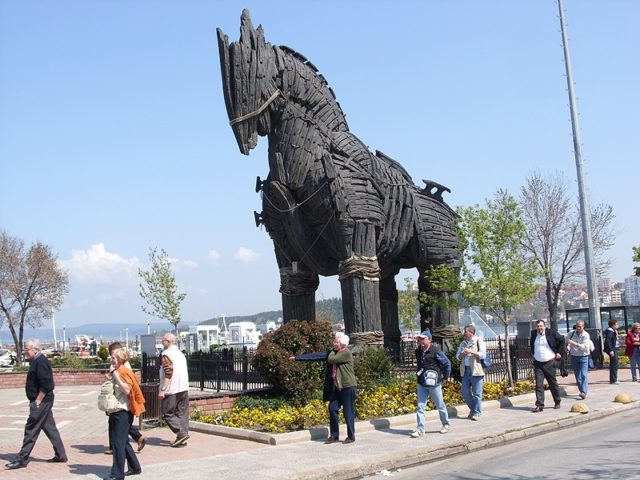It is very rare to read or learn about an archaeologist or history enthusiast being associated more with destruction than construction or knowledge, but in the case of Heinrich Schliemann, this is entirely the case. A businessman by trade, this German archaeologist is widely regarded as a pioneer in the field of archaeology, though he attracted ample criticism during his life and posthumous.
Schliemann was an advocate of the historical viewpoint that the places mentioned in the works of Greek writer Homer were, in fact, real places and that the events mentioned therein, in fact, took place in those places.

Schliemann was also an excavator of Hissarlik, which is now presumed to be the site of the legendary Troy, along with another Mycenaean sites Mycenae and Tiryns.
Schliemann’s works added weight to the notion that Homer’s Iliad and Virgil’s Aeneid, in fact, represent actual historical events.
The excavation carried out by Schliemann of the nine levels of archaeological remains used dynamite, including the level that is presumably the historical Troy, has been widely criticized by the historians and archaeologists alike who deem the action a destruction of the significant historical artifacts.
Although the names given to the sites’ levels by Schliemann are still retained, a number of subsequent archaeological surveys of the site reveals that the one level that Schliemann named as the historical Troy is overwhelmingly inaccurate.
D.G. Easton wrote in an article published in The Classical World in which he criticized Schliemann as someone who essentially lacked the ability to separate fact from hearsay and interpretation.
Easton goes on to suggest that even in 1872, Frank Calvert could observe that the pottery that Troy II revealed had to be at least hundreds of years too early to be the real Troy of the Trojan War; this claim was later proved when Mycenaean pottery was discovered in 1890 from Troy VI.
In the Troy II level, ‘King Priam’s Treasure’ was discovered, which came from the early Bronze Age, long before Priam’s city of Troy VI or Troy VIIa of the elaborate and prosperous Mycenaean Age.

Schliemann’s excavations were later condemned by the archaeologists, who thought of him as having destroyed some of the main layers of the real Troy.
Kenneth H. Harl criticized Schliemann in his famous lecture series Great Ancient Civilizations of Asia Minor, suggesting that Schliemann had achieved through his rough methods of archaeology what Greeks couldn’t do collectively, that is to destroy and level down the entire city walls to the ground.
A number of other prominent scholars and archaeologists have been outspoken about the anomalies in Schliemann’s work; Professor William Calder in 1972 claimed to have uncovered several possible anomalies in Schliemann work during a commemoration of Schliemann birthday of all places.